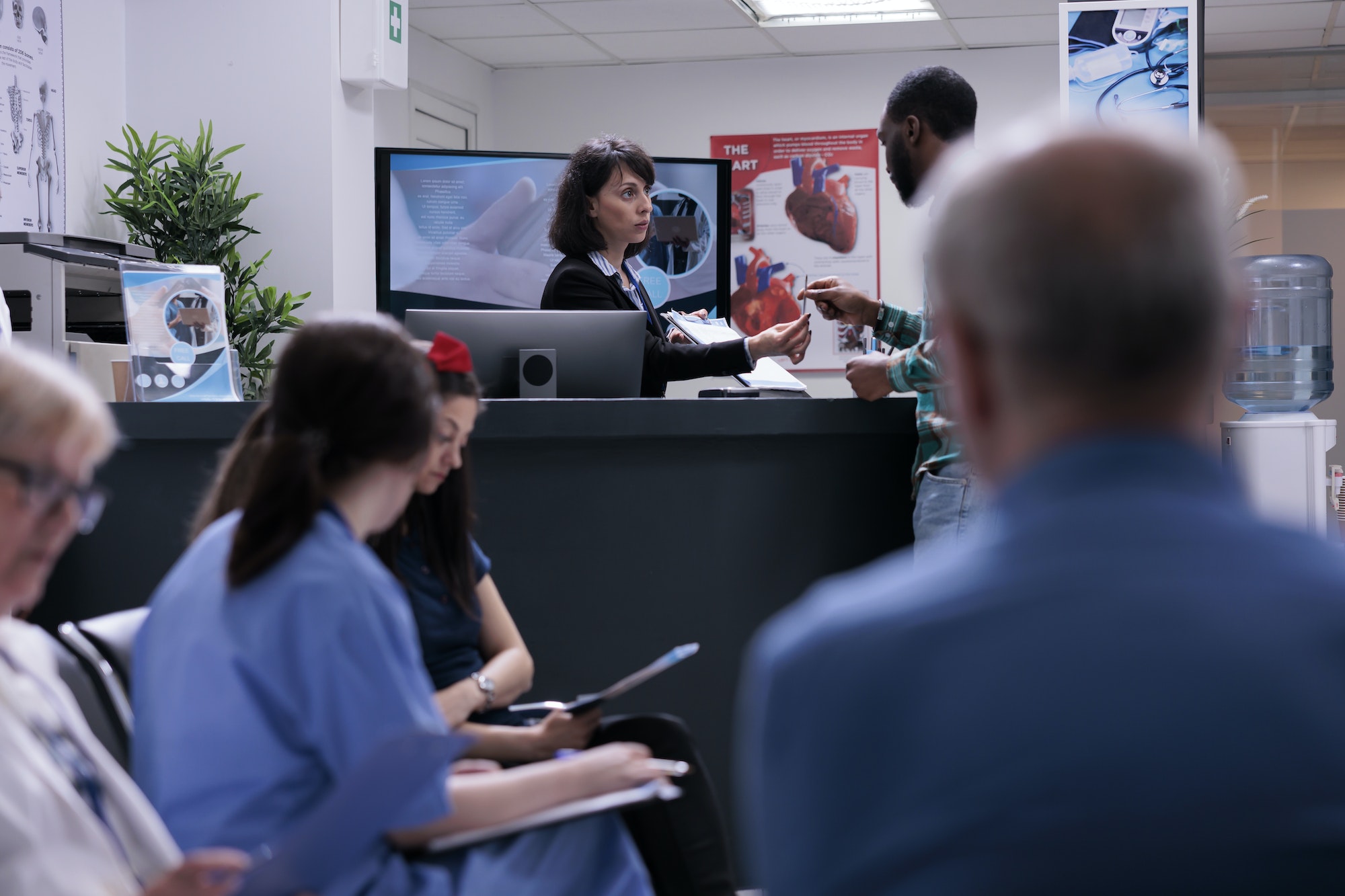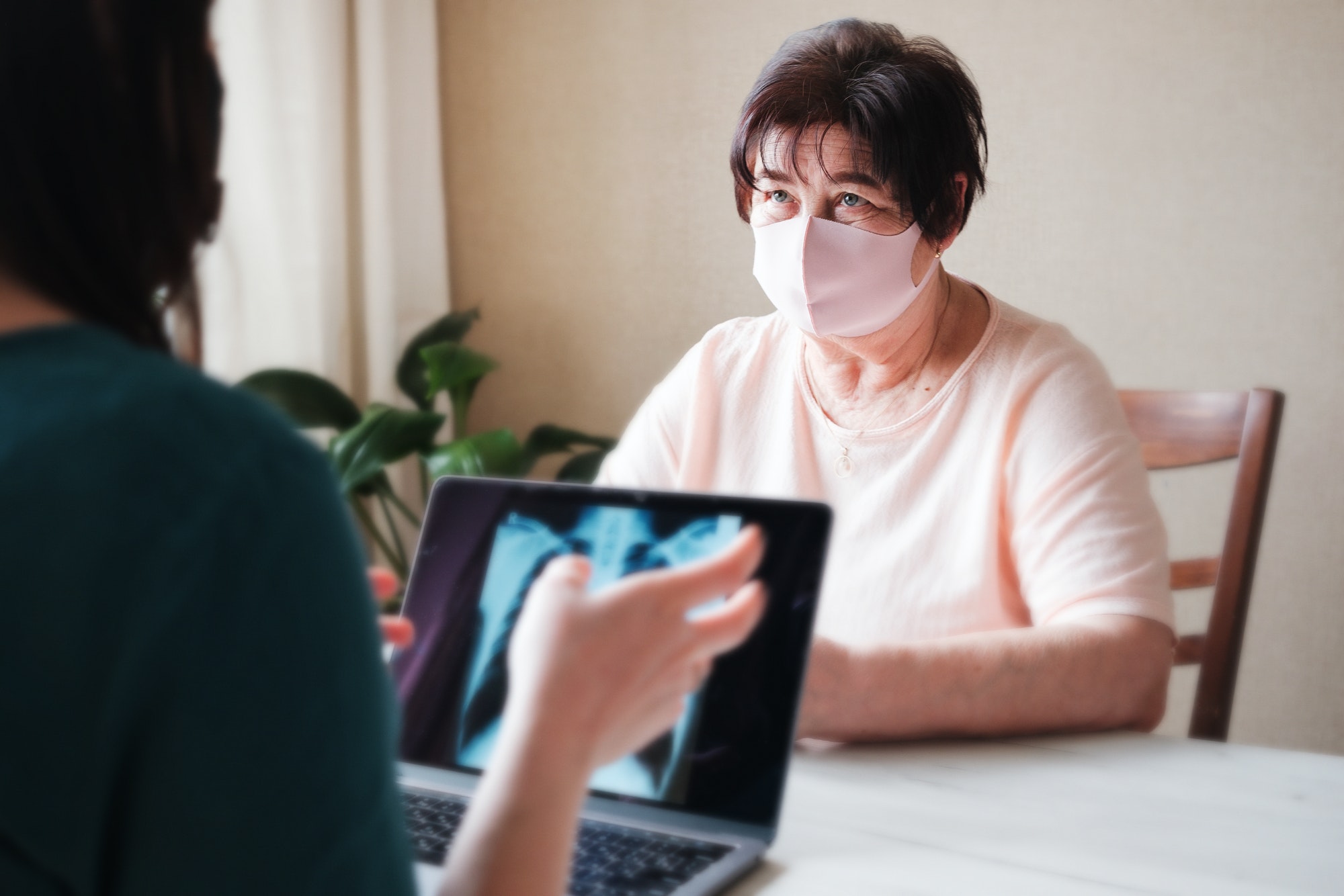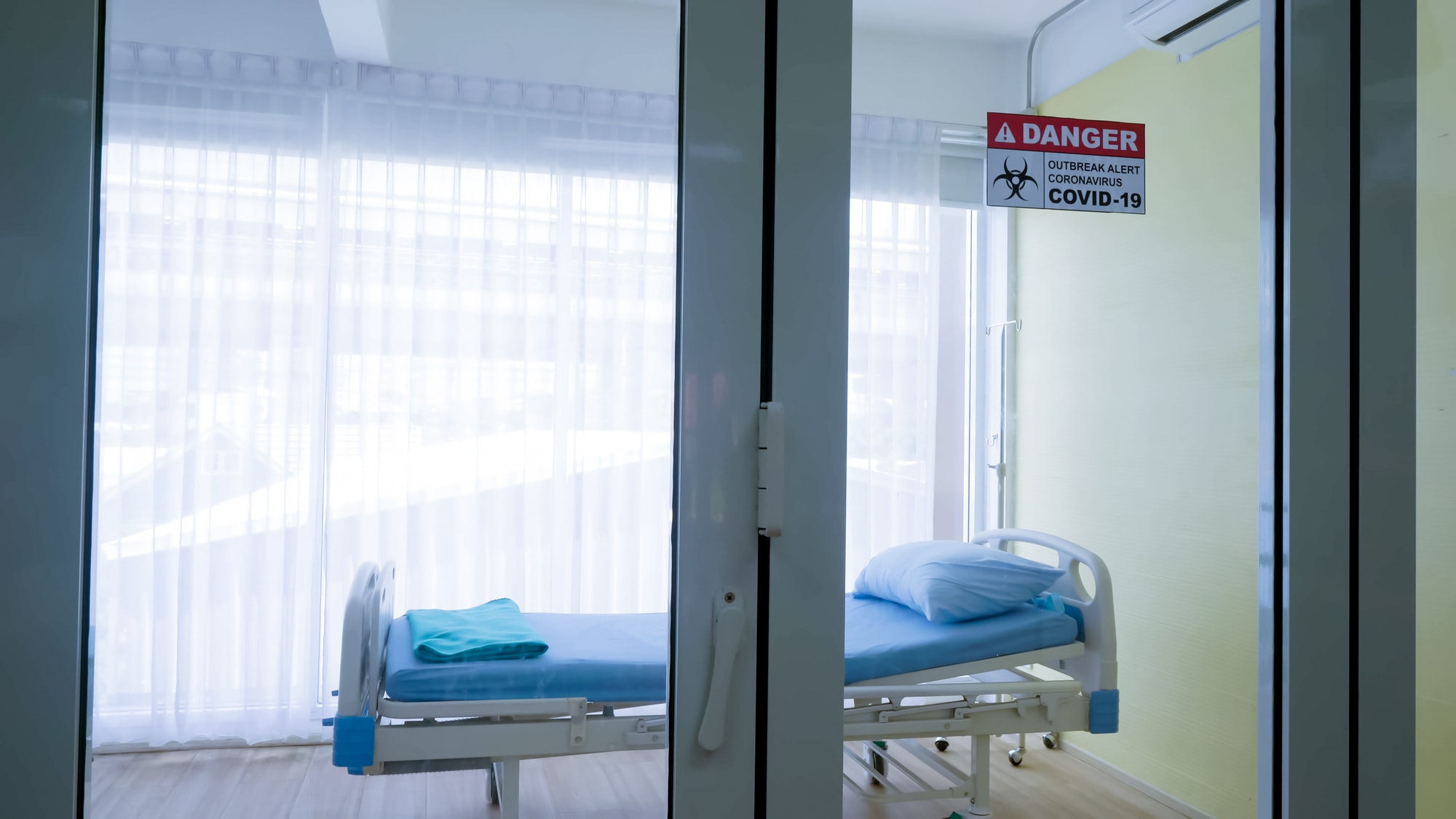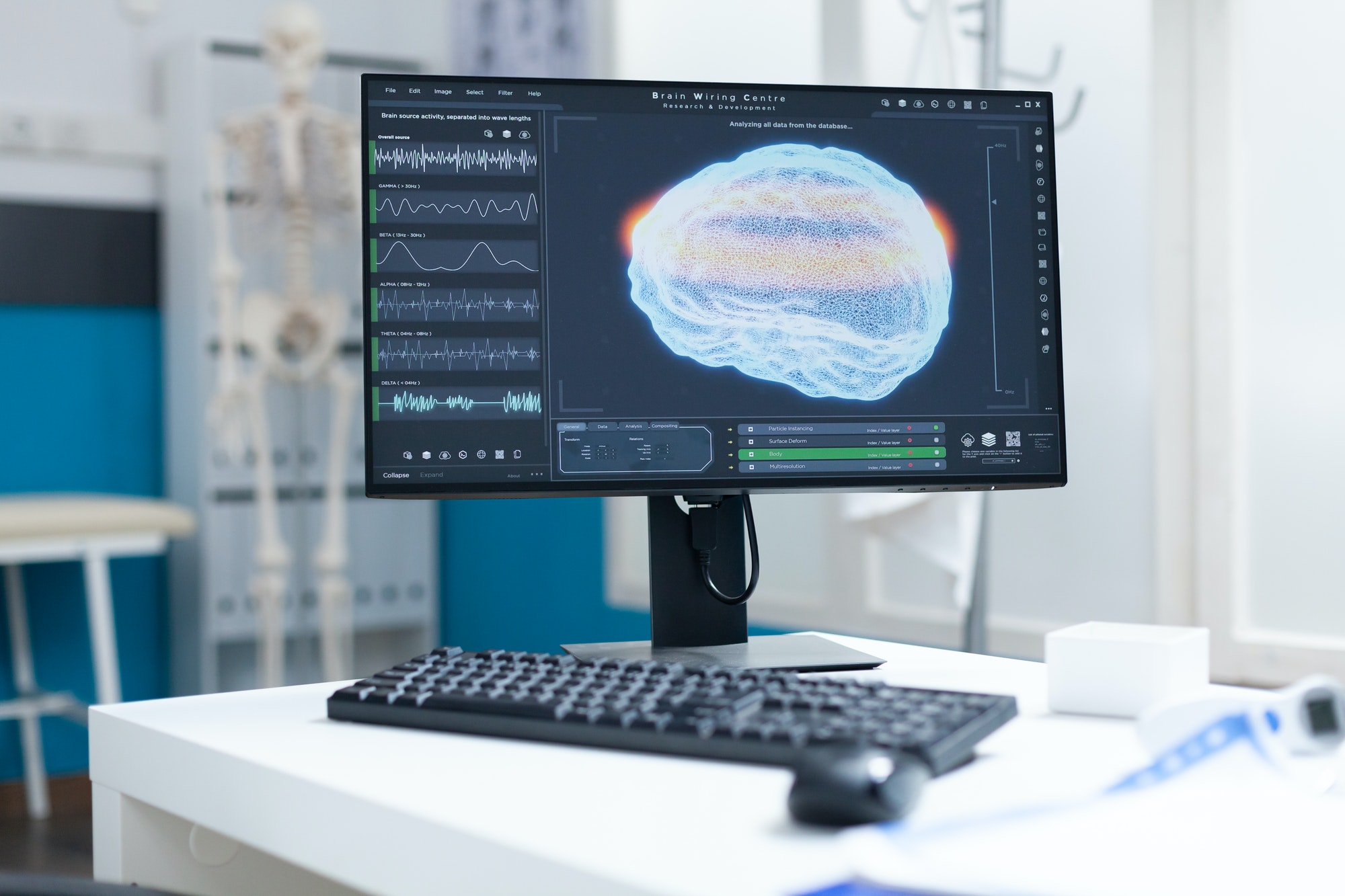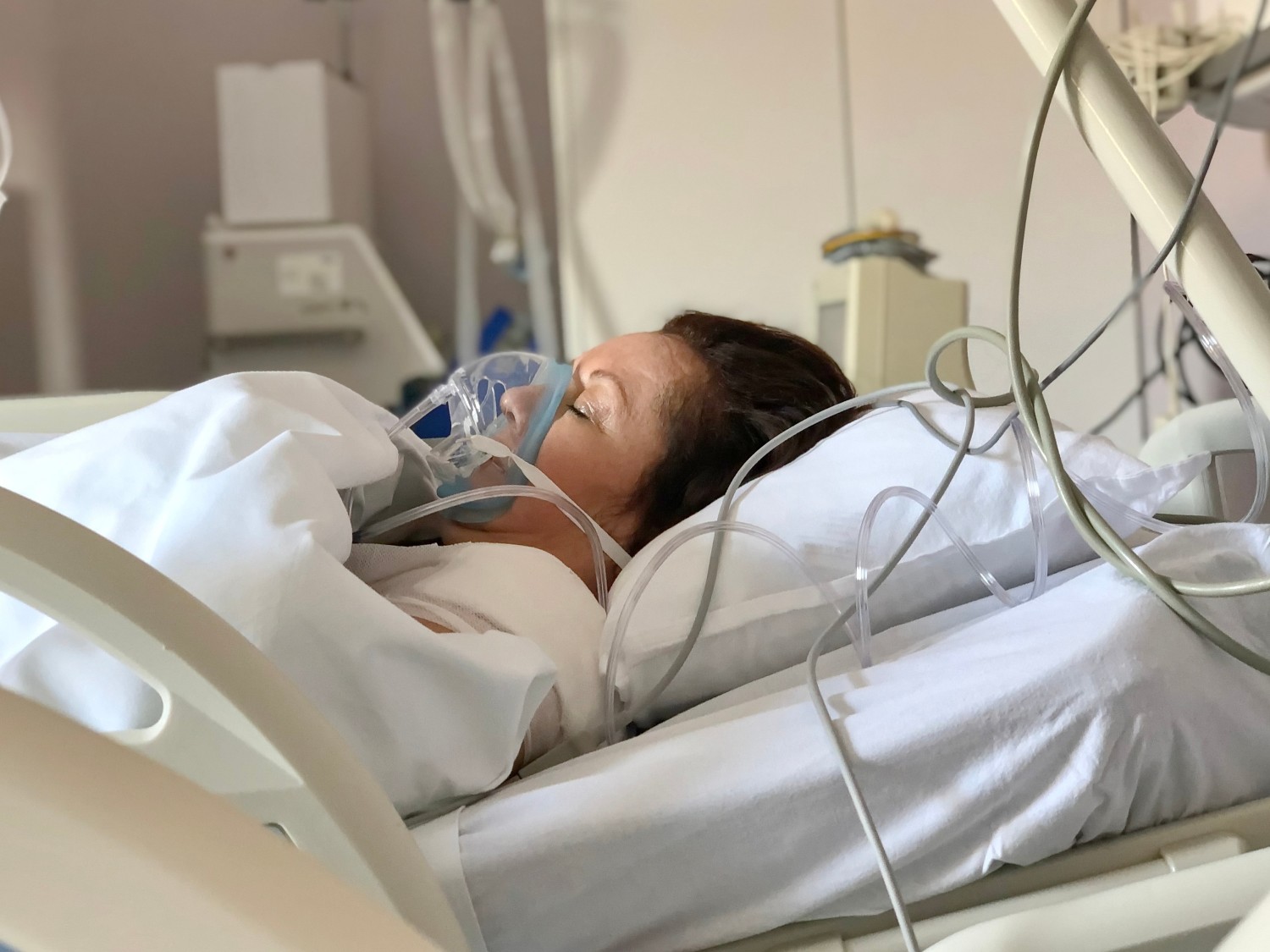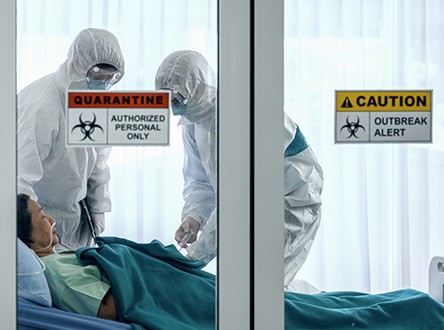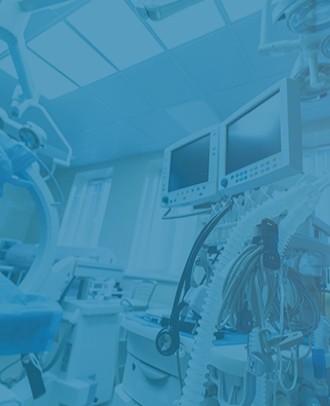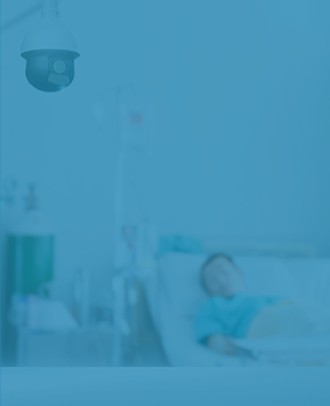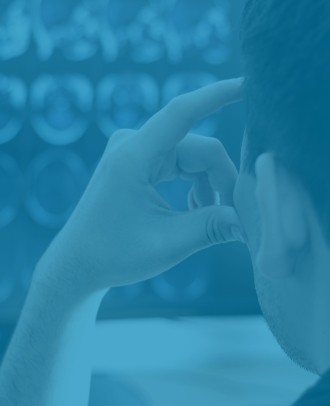DISCLAIMER: The below blog entry was written by an outside, unrelated party and does not necessarily express the opinions or views of or associated with the RemoteICU brand or the individuals associated with the RemoteICU brand. The blog is not necessarily endorsed or supported by RemoteICU nor was the entry reviewed and accepted by individuals associated with RemoteICU. The blog entry is provided simply to address and create interest in topics of import related to telemedicine. Your own independent research and decision-making and seeking of expert / professional opinions are required before you make any decisions whatsoever or form any opinions with respect to any topics addressed therein. By reading the blog entry, you consent to accepting the terms and conditions in this disclaimer.
Many people avoid hospitals for fear “catching something” they didn’t have beforehand. This fear may sound like a misconception or based in folklore or legend; however, there is actually some medical basis to it: hospital-acquired infections (HAIs). The alarming statistics of HAIs are another reason for hospitals to consider implementing TeleICU solutions.
What are HAIs?
Hospital-acquired/associated infections (HAI) or healthcare-associated infections (HCAI) are called nosocomial infections. Patients can acquire these infections while receiving treatment for medical or surgical conditions in any healthcare facility, including hospitals, chronic care facilities, or even outpatient practices. Viri (i.e., “viruses” in normal parlance),, fungi, bacteria, or other, less-common pathogens can cause HAIs.
According to the Republic of Ireland’s HSE (Health Service Executive), the five most common and potentially fatal HCAIs are:
- Surgical site infection
- Pneumonia
- Urinary tract infection
- Bloodstream infection
- Gastroenteritis
It is crucial to keep in mind that HAIs can occur not only from human-to-human transmission but also from unsanitary conditions. A WHO report on the global problem of widespread HAIs is titled “Clean Care is Safer Care.” The report provides a systematic overview of the multitude of scientific studies from 1995 to 2010. The document describes HCAIs as the “most frequent adverse event during care delivery.”
Furthermore, it emphasizes that HCAIs are a patient-safety problem and cause increased LOS (length of stay) in hospitals, long-term disabilities, and increased resistance of microorganisms to antimicrobial agents. Other impacts include increased financial burden on health systems, high costs for patients and their families, and higher mortality rates.
According to the US Department of Health and Human Services (HHS), at any given time, around 1 in 31 patients have an infection associated with hospital care. These illnesses lead to tens of thousands of deaths and cost the US healthcare system billions of dollars annually. Therefore, HHS made reducing and preventing HAIs a top priority. In 2009, HHS created a National Action Plan towards HAI prevention and elimination. The Plan is updated when new data, research, and intervention efforts emerge, and the next edition will review the Coronavirus pandemic’s impact on HAIs.
HAIs and TeleICU
The benefits for patients of TeleICU or eICU hospital implementation are undeniable. US hospital figures indicate that 4 to 7 million patients are admitted to ICUs annually for injury or illness, invasive or intensive monitoring, stabilization of life-threatening medical issues, breathing support, and comfort provision for the terminally ill.
ICUs have many critically ill patients with the highest mortality rates but also the highest rates of infection. As such, ICU patients require more-frequent assessment and more clinical and technologically-driven support than do non-ICU patients.
eICU implementation can help alleviate problems associated with the ever-worsening intensivist/patient ratio. The eICU is able to provide overnight services, where there is a shortage of on-site intensivists, thereby enabling ICU patients to be discharged from the ICU earlier thus limiting their risk of contracting and/or spreading HAIs Additionally, eICUs can facilitate tracking nosocomial infections and preventing them from reaching epidemic levels.
Concluding remarks
In 2011, JAMA (Journal of the American Medical Association) published a study which showed that for the study period in a single academic medical center, tele-ICU intervention compared to the preintervention, was associated with:
- Higher rates of best clinical practice adherence for the prevention of deep vein thrombosis
Prevention of stress ulcers
- Best practice adherence for cardiovascular protection
Lower rates of preventable complications such as ventilator-associated pneumonias and catheter-related bloodstream infections
- Shorter hospital LOS
- Similar results for medical, surgical, and cardiovascular ICUs
The eICU’s ability to help ICUs, and hospitals in general, reduce or prevent HAIs makes a strong case for eICU implementation.








